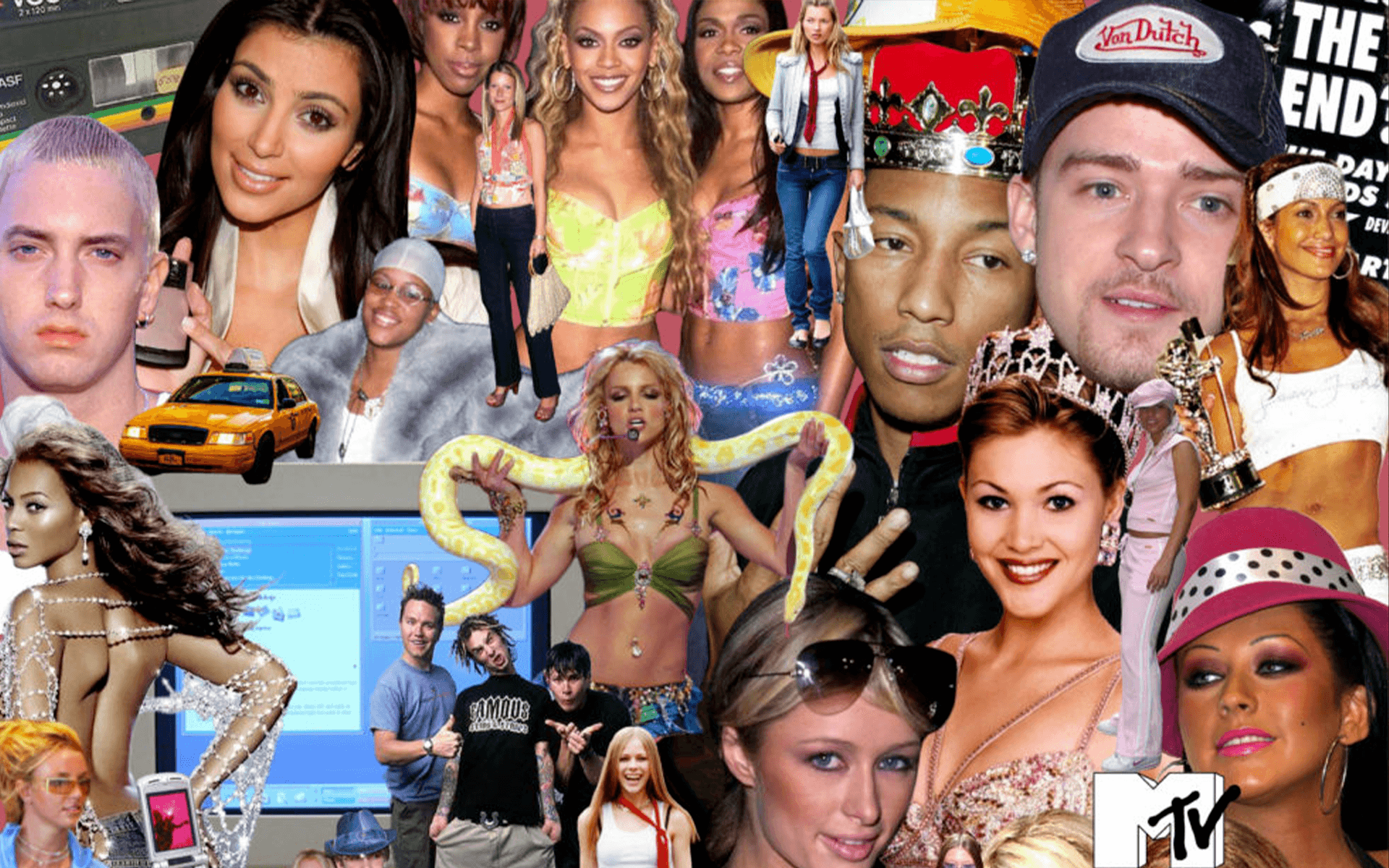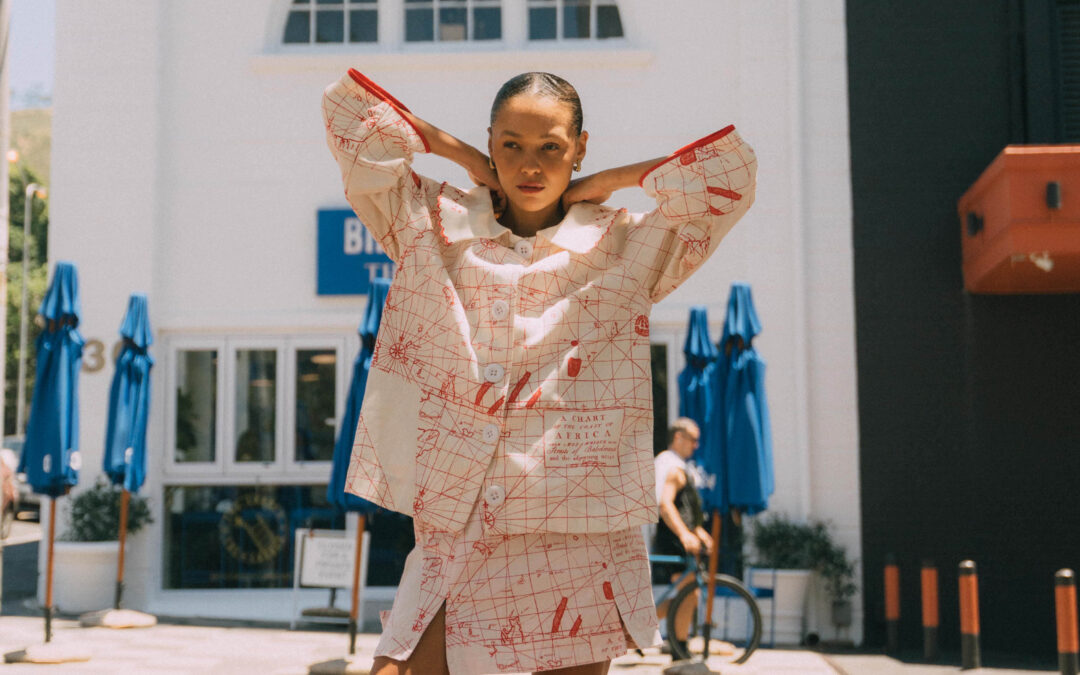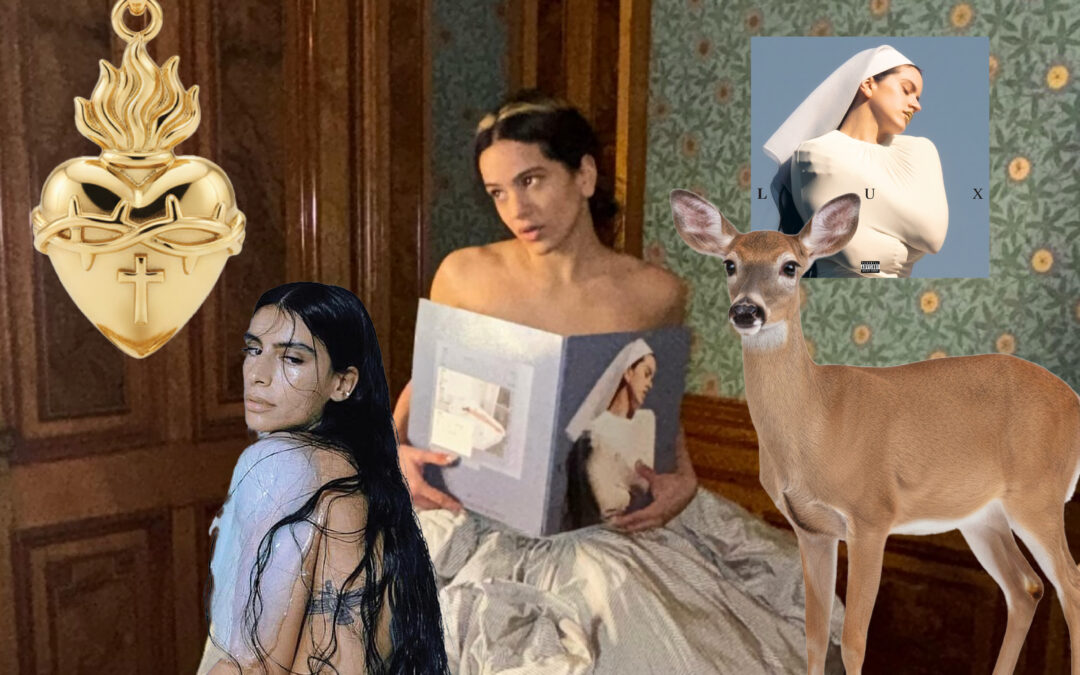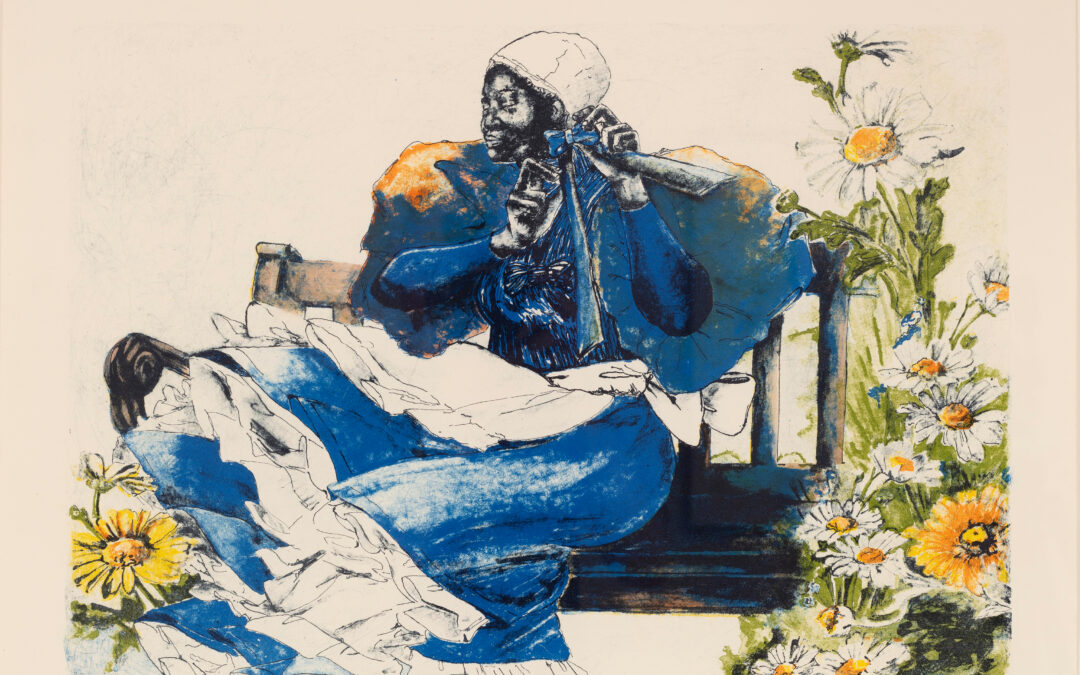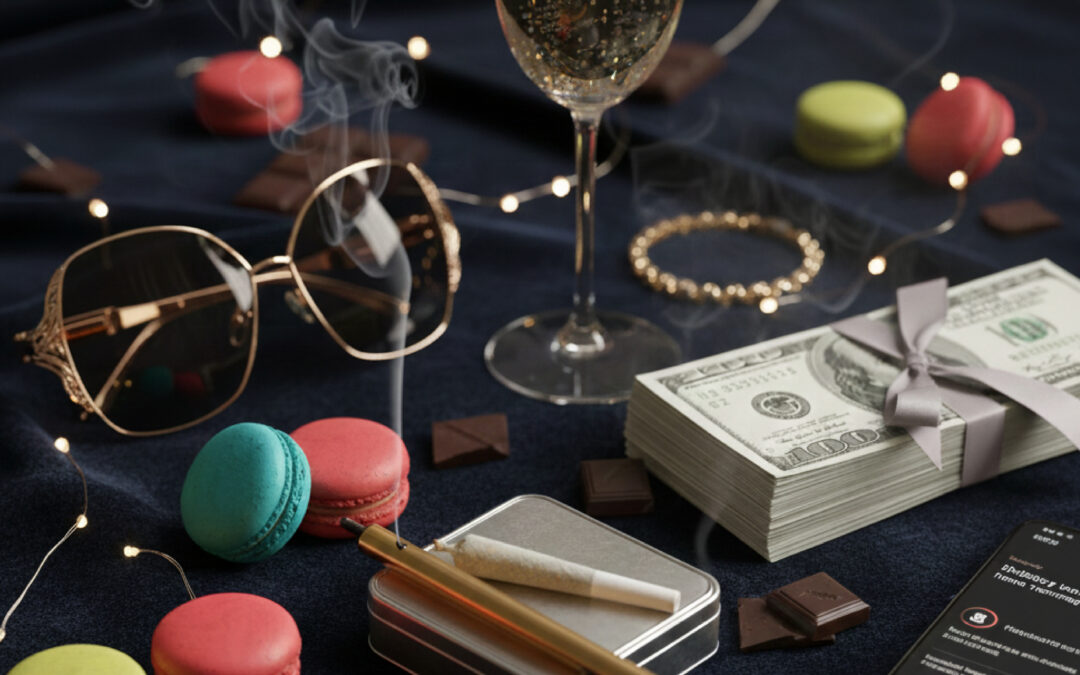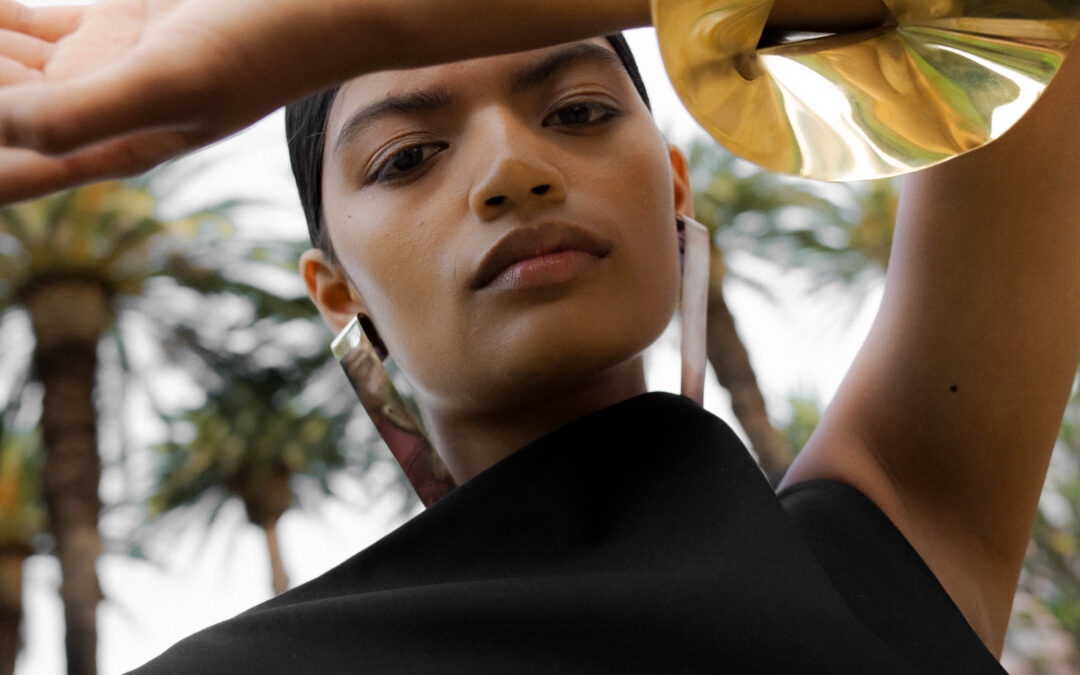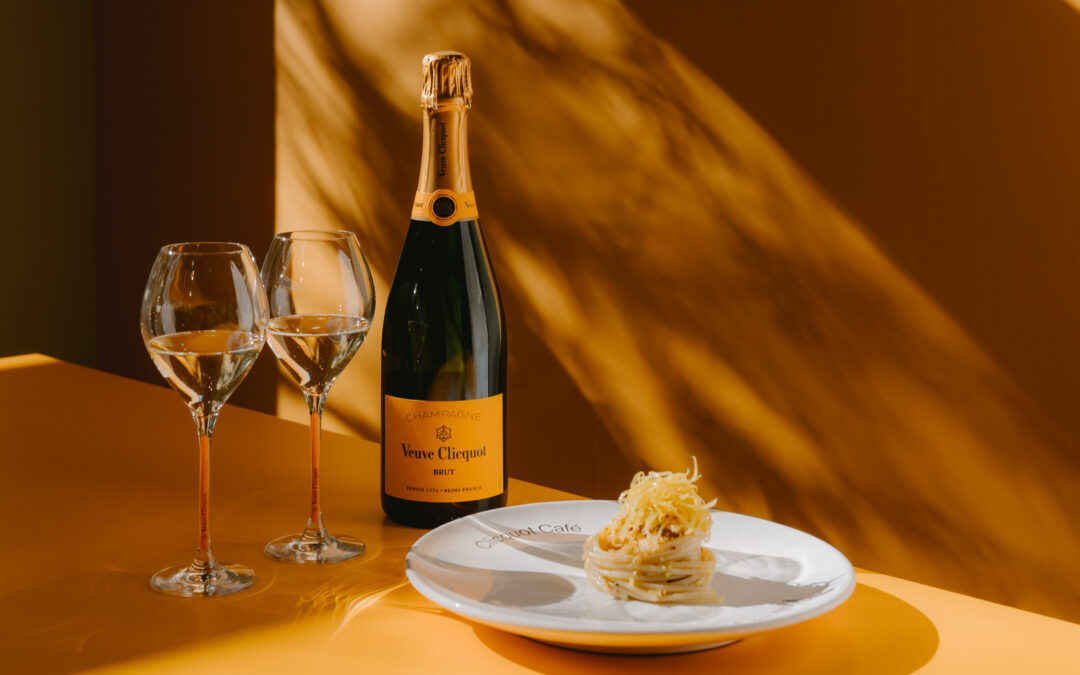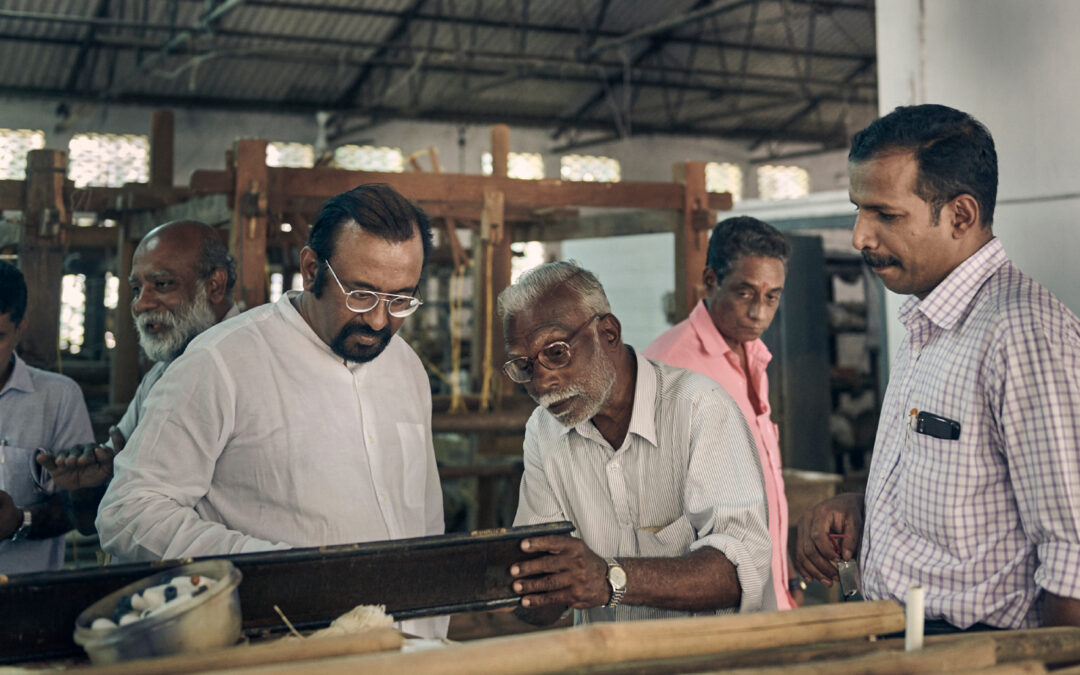I have found it fascinating to watch the last two years of a 00s revival underway – particularly on social media, and led by Gen-Zs – and for many millennials there is a nostalgic, almost anachronistic relationship with that decade, and yet those coming of age now are experiencing y2k trends as a novel-vintage hybrid. I was born in ‘95; the very last year of the millennials, and so to be a cusp-baby is a strange mix of relating across a spectrum of two generations; and while I was only a teenager in the very last years of the 2000s, the cultural and ideological impact formed a huge part of my individuation in the 2010s; for better, and definitely for worse. This y2k revival is a very particular flavour of that time, because that decade was also the birth of emo – colourful skinny jeans from JayJays paired with fedoras, and not to mention Mary-Kate and Ashley’s launch of The Row in 2006, which was then very boho-chic – and now, just incredibly chic.
This article was inspired by a very hilarious deep-dive into the vortex of useless celebrity trivia the day after Kourtney Kardashian and Travis Barker got engaged. If you know that vortex- you’ll know that reading about Kravis, leads to reading about Shanna Moakler, which ties into beauty pageantry culture – and to end up in a rabbit hole like that is, well, disturbing to say the least. I like to think I have moved on from my obsessive Heat Magazine days, or pouring over the back pages of my mom’s YOU magazine’s to see the latest gossip and red carpet looks – that I am now far more cultured, intellectual and aware to buy into the monolithic machine of the cult of celebrity – and yet I couldn’t help be totally fascinated with this whole “Kravis” debacle. On one hand, we have the lithe, tattooed noughties-punk icon of Blink 182 – a band that pretty much ruled rock music in the early 2000s – and one of reality TVs’ most successful women – whose family ended up creating an entire culture of BBL infused influencers, an emblem of cultural appropriation & capitalism that has us in a chokehold to this day. And yet, what seems like this supremely intriguing clashing of two worlds – rockstar versus. Glam-girl – is in fact, a tale as old as time; two iterations of the same face, the slightly more wholesome version of Pam & Tommy – and this is really the theme of the 2000s, it is attention grabbing, crisis-saturated information that is inconsequential, frankly vapid, and yet still is a momentous cultural decade in which culottes, velour tracksuits and blackberries were at the top of every teenager girl’s agenda. But I digress.
This conversation has to begin in 1999; the year the Matrix was released, as well as music streaming service Napster (Limewire, anyone?) – South Africa is in its fifth year of democracy, and I am four years old – needless to say, my memories from that year include little more than my brother’s recent birth and Disney VHS tapes. The last year of an entire century unfolds as Google launches their search engine, and the world wide web is less of a fever-dream and starting looking more like the information medium set to chart humanity’s course into the future. There was mass hysteria around the “Y2K bug” – prophecies of impending doom, in which it was thought that computers would not be able to update its calendar into the millennium – and these computers had pretty much become the central figure around which we had decided to organize society. MTV had been around since 1981, and was very much a key-piece in marketing American culture, music and celebrities to the rest of the world. Total Request Live, TRL, would be the program that defined the 2000s for any artist set for stardom – pop princesses, boy-bands, rockstars and even Disney stars were considered legitimate to the public if they were featured on a TRL count-down, or better yet live with Carson Daly.
The early 2000s is where we begin to see RnB, hip-hop and pop music truly intersect – Kelly Rowland and Nelly release Dilemma in 2002, and Pharrell launches Billionaires Boys Club with sub-labels such as ICECREAM & Bape – which I feel is a precursor to Ye’s venture in fashion. Pharell walked so Ye could run. Britney is re-defining pop-stardom and marries her backup dancer, K-Fed, and Beyoncé goes solo with “Crazy in Love’’ – releasing her first album with that iconic diamond top paired with menswear D&G jeans. The Osbourne family started their reality TV show, followed by Nick Lachey and Jessica Simpson in Newlyweds – and all my friend’s older brothers thought Jackass was the height of masculine rebellion. There are so many threads to draw on – too many for one piece – but to look at these moments is to also acknowledge a culture then that was wrapped in celebrities, and still largely today, and that this “culture” is founded on the standard of skinny, blonde white women; so much so that when Heidi Montag was asked about the lack of diversity in the show The Hills – this was her genuine, earnest response;
“We don’t all look the same. I mean, Audrina has darker hair, I feel like Mischa has darker hair. We’re just California girls and we’re a group of friends, and that just happens to be the group that came together.”
I really believe the y2k era will make for compelling thesis subjects in years to come – if not already – as it’s not just a cute Von Dutch trucker hats were paired with a halter top and baguette bag – it never is – it is our very human interpretation of the mass-media complex; the culture that arises when old men in boardrooms use aspiring artists as economic pawns – and the culture that without a doubt, led to the 2010s Tumblr era of thigh-gap hysteria, and a continual, collective avoidance of addressing systemic oppression and rapid technocratic globalization.

